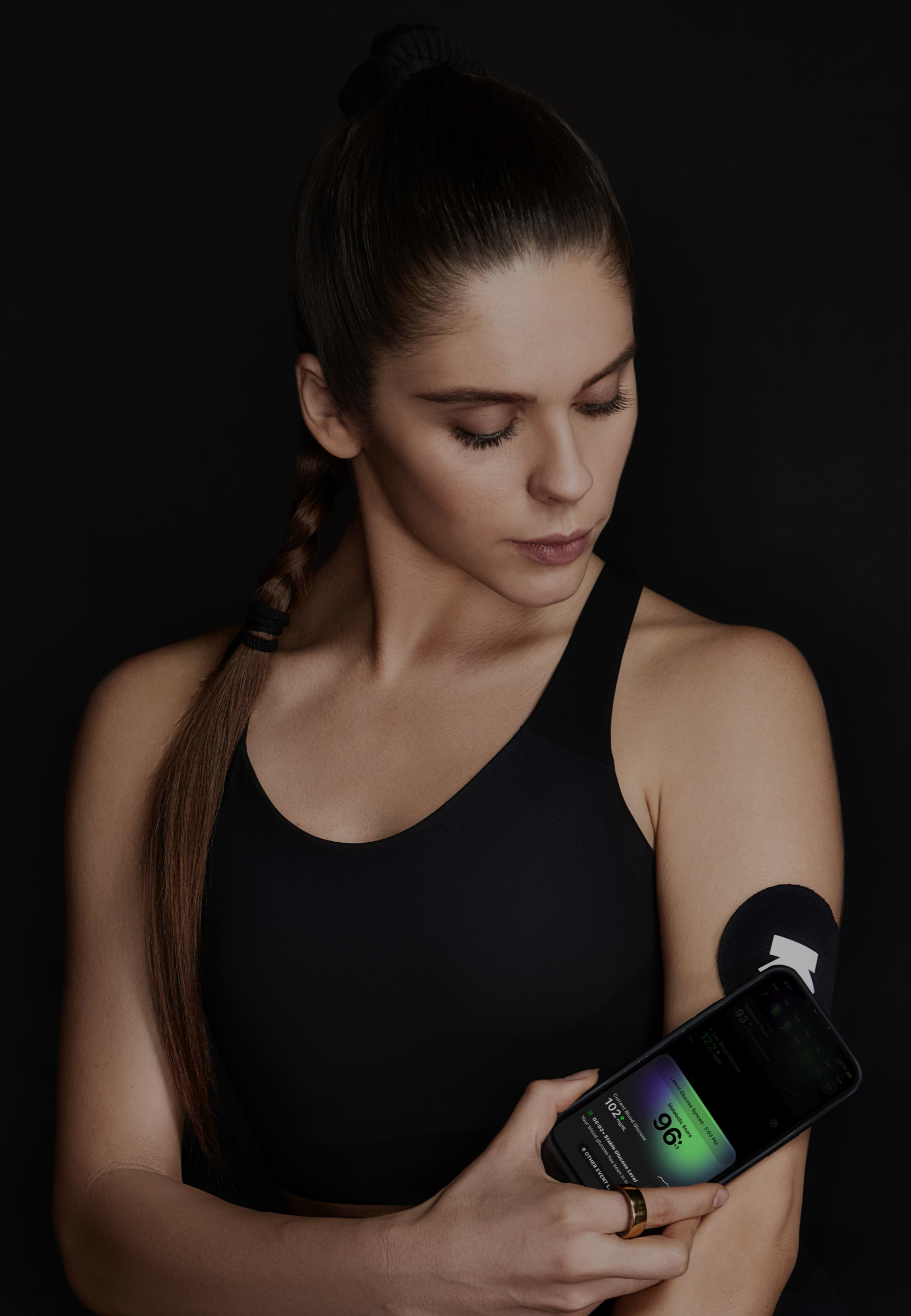
English Indian Bhindi Sabji (100 G) and Roti (Aashirvaad) (1 Serving)
Lunch
154 mg/dL
avg. peak value
Usually causes a large spike
Avg. Food Score on Ultrahuman App
Ultrahuman Users got a STABLE response
How to consume english indian bhindi sabji, roti without glucose spikes
Portion Control
Reduce the portion size of both bhindi sabji and roti to limit carbohydrate intake, which can help mitigate spikes in glucose levels.
Balanced Meal
Pair your meal with a protein source such as grilled chicken or tofu, which can help slow down the digestion process and provide a more gradual release of glucose into the bloodstream.
Add Fiber
Incorporate a side of leafy green vegetables like spinach or kale. These can add fiber, which helps stabilize blood sugar levels.
Choose Whole Grains
If possible, choose whole grain or multigrain roti instead of regular roti, as they are less likely to cause a rapid increase in blood sugar.
Healthy Fats
Add healthy fats, such as a small serving of avocado or a few nuts like almonds or walnuts, to your meal. These can help slow the absorption of carbohydrates and manage blood sugar levels.
Hydration
Drink plenty of water with your meal to aid digestion and help maintain stable blood sugar levels.
Regular Monitoring
Keep track of your blood sugar levels after meals to understand how different foods affect you and adjust your diet accordingly.
Increase Activity
Engage in light physical activity, such as a short walk, after eating. This can help your body use glucose more efficiently and prevent spikes.
Mindful Eating
Eat slowly and chew your food thoroughly, which can aid digestion and help your body better regulate glucose levels.
Limit Sugary Beverages
Avoid high-sugar drinks with your meal, opting instead for water, herbal tea, or unsweetened beverages to prevent additional glucose spikes.

Discover
metabolic
health with M1
Ultrahuman M1 helps you measure the impact of food and activity on your body in real time through glucose as a biomarker.
Explore Ultrahuman M1Find Glucose response for your favourite foods
Explore OGDbYour cart is empty
Browse through our products and find something for you.
